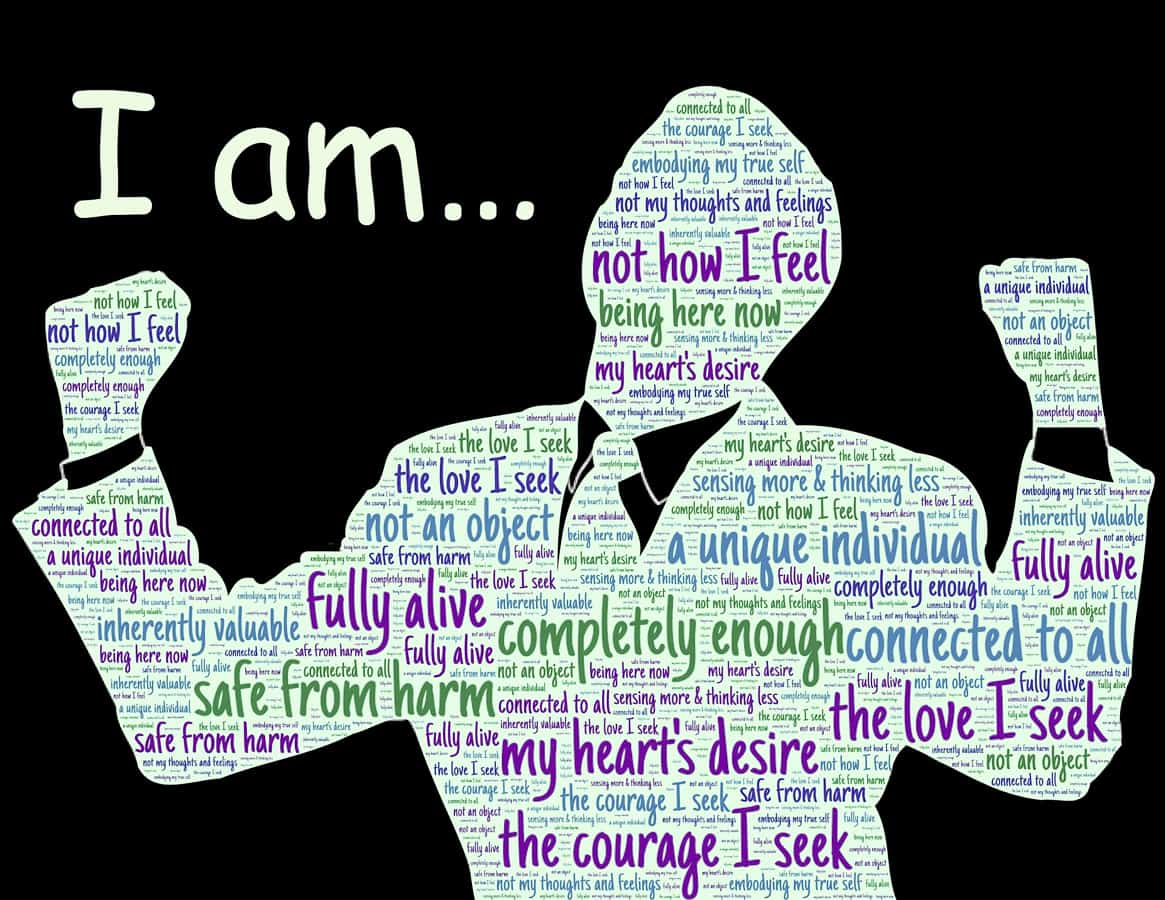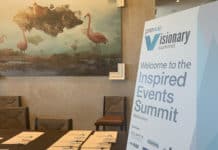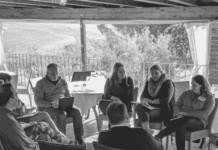 Defining the boundaries of “I” and “we” for stimulating, authentic and productive meetings and events.
Defining the boundaries of “I” and “we” for stimulating, authentic and productive meetings and events.
French-Lebanese author Amin Maalouf offered a poignant take on navigating self-definitions of “I” and “we,” or the psychological need to belong in his book “In the Name of Identity,” written as a ray of hope for people of mixed heritage. One stirring passage speaks to the ripple effects of validation on the human spirit and psyche:
“A person’s identity is like a pattern drawn on a tightly stretched parchment. Touch just one part of it, just one allegiance, and the whole person will react, the whole drum will sound.”
“A person’s identity is like a pattern drawn on a tightly stretched parchment. Touch just one part of it, just one allegiance, and the whole person will react, the whole drum will sound.”
Feeling validated in personhood is more than just a warm, fuzzy feeling; it’s a mainspring for a successful business and event, and a meaningful life. This is why building authentic connections at events that allow attendees to discover and build upon allegiances is so important. To accomplish common goals, we must first discover commonality—touch just one part of the parchment and the whole drum will sound.
Further to this point, Maalouf states that “identity cannot be compartmentalized; it cannot be split in halves or thirds, nor have any clearly defined set of boundaries.” When it comes to building teams and a seamless event design experience for attendees, the practical applications of Maalouf’s idea are simple:
- Create a safe place for openness and authenticity
- Instill a sense of belonging
- Focus on commonalities or allegiances
- Resist the urge toward one-size-fits-all experiences
- Define boundaries, not barriers
Tapping into personhood, or the individual identities of attendees (“I”) and group identity (“we”), is the often-missed first step in event design. Successful events, like personal identities, however, are the music of our lives.










